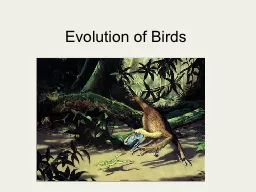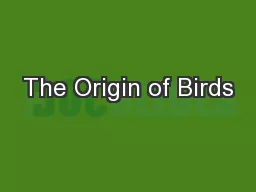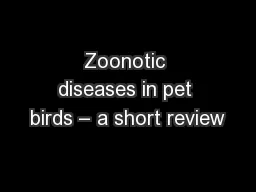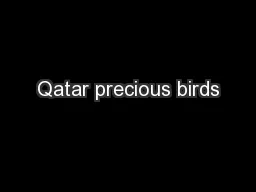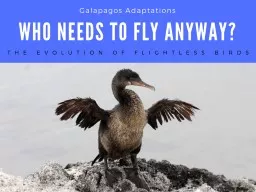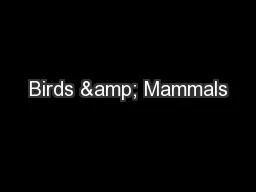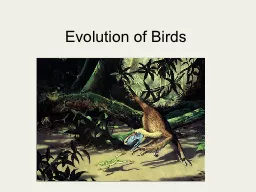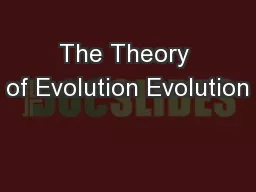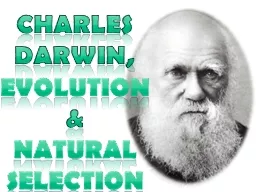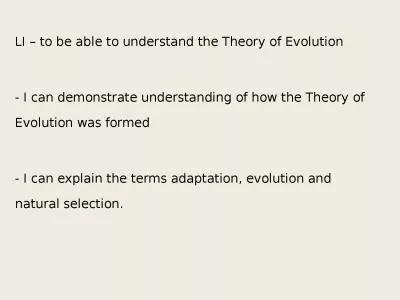PPT-Evolution of Birds
Author : olivia-moreira | Published Date : 2016-06-24
Evolution of birds Kingdom Animalia Phylum Chordata Class Aves Where did they come from From the Mesozoic Era a debate of how they originated Two Hypotheses
Presentation Embed Code
Download Presentation
Download Presentation The PPT/PDF document "Evolution of Birds" is the property of its rightful owner. Permission is granted to download and print the materials on this website for personal, non-commercial use only, and to display it on your personal computer provided you do not modify the materials and that you retain all copyright notices contained in the materials. By downloading content from our website, you accept the terms of this agreement.
Evolution of Birds: Transcript
Download Rules Of Document
"Evolution of Birds"The content belongs to its owner. You may download and print it for personal use, without modification, and keep all copyright notices. By downloading, you agree to these terms.
Related Documents

